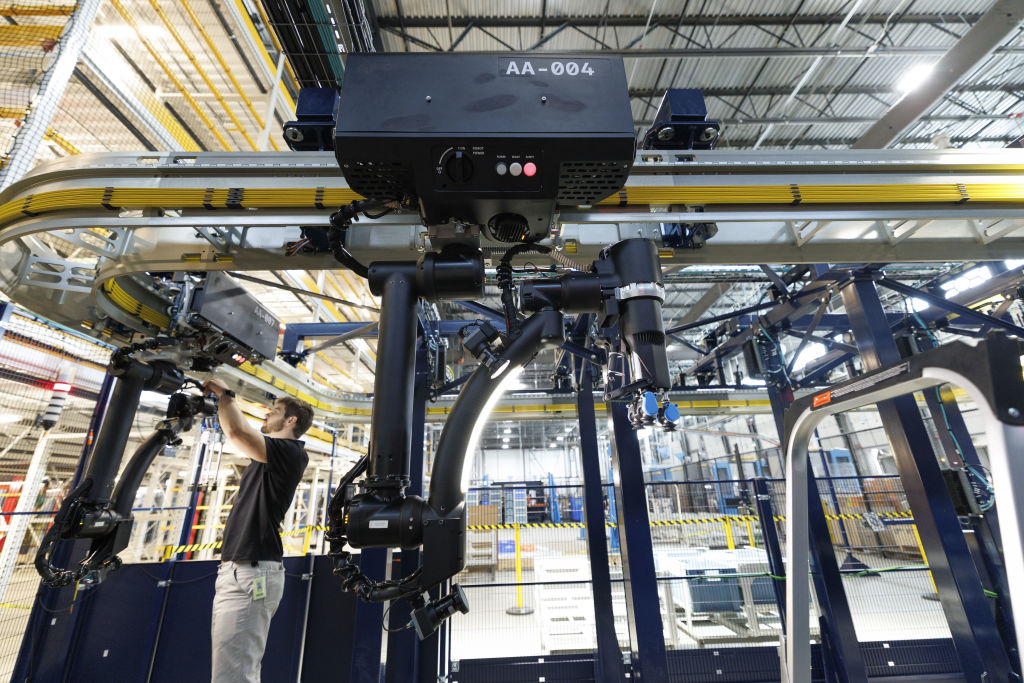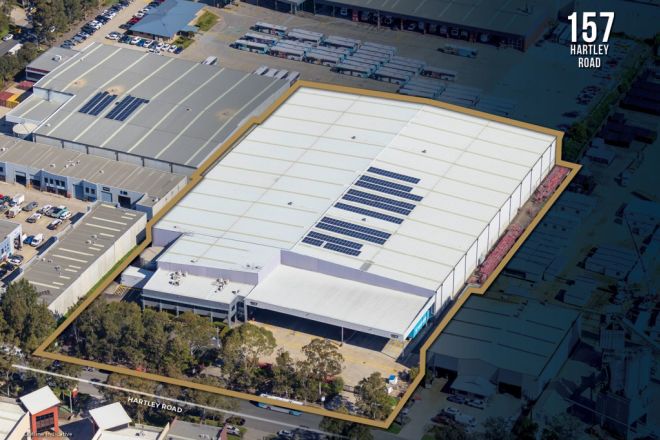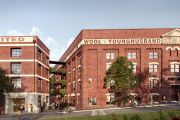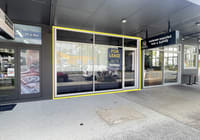
From robots to AI: Inside the modern warehouse
Robotics, automation and AI are rapidly reinventing Australian warehouses with more occupiers eyeing off sites for these high-tech solutions.
No longer just for storage, today’s warehouses are being equipped with robotics for picking and sorting, automated storage and retrieval systems, and AI-powered inventory management software.
The availability of this high-powered technology, or at least the option to readily install it, is a top priority for a wide range of companies.
Tenants can turn to finance businesses that specialise in funding automation solutions; however, as the technology has become more commonplace, some warehouse owners were providing the systems, said Nathan Bingham, JLL head of occupier services, logistics and industrial Australia.
“Typically, automation is funded by the occupier, but there are examples of where developers have provided full turnkey solutions for their tenant customers,” he said.
“It is commonplace for leasing incentives from developers to be contributed towards conventional racking storage as part of their commercial offering, but as automation solutions are typically quite bespoke for the business they have been designed for, developers are often reluctant to fully fund this investment.”
Despite the high cost of installation and the very exacting building conditions required, automation is becoming easier for companies to set up in warehouses, such as this 30,500-square-metre facility in western Sydney.
“As technology has evolved, the barrier to entry for automation has been lowered, with more flexible and modular solutions now available that can be installed within most industrial properties without issue,” Bingham said.
Major brands, including Coles, Woolworths, Wesfarmers, and Amazon, are leading the automation charge.
At 200,000 square metres, Amazon’s Kemps Creek warehouse in NSW was the biggest in Australia until it was eclipsed by a new Amazon warehouse in Victoria this year. The Craigieburn warehouse will cover 209,000 square metres.
The millions of items stored in these mega warehouses are handled by robots, which will soon be powered by cutting-edge AI.
“We’re introducing a new generative AI foundation model we’ve designed to make our entire fleet of robots smarter and more efficient,” said an Amazon spokesperson.
“Called DeepFleet, this AI technology will co-ordinate the movement of robots across our fulfillment network, improving the travel time of our robotic fleet by 10 per cent and enabling us to deliver packages to customers faster and at lower costs.”
Environmental, social and governance (ESG) goals are also shaping the way tenants shop for new warehouses. More companies are enrolling in the sustainability programs to reduce carbon emissions and accelerate the use of renewable energy.
Research by JLL in 2024 found that 60 of Australia’s 100 largest logistics and industrial occupiers have net-zero carbon targets, up from 56 in 2023.
Industrial tenants are increasingly seeking brownfield sites where existing facilities can be refurbished and located near infrastructure, as well as buildings that incorporate features such as solar panels and rainwater harvesting.
The electrification of buildings is also more common, particularly with heating, ventilation, and air-conditioning (HVAC) systems, as well as low-heat industrial processes and vehicle fleets, which are driving demand for high-voltage power.
In 2024, the Australian Energy Market Operator predicted that total business energy consumption – which includes the transport, mining, manufacturing and data centre sectors – could jump by 45 per cent in the 10 years to 2034.











